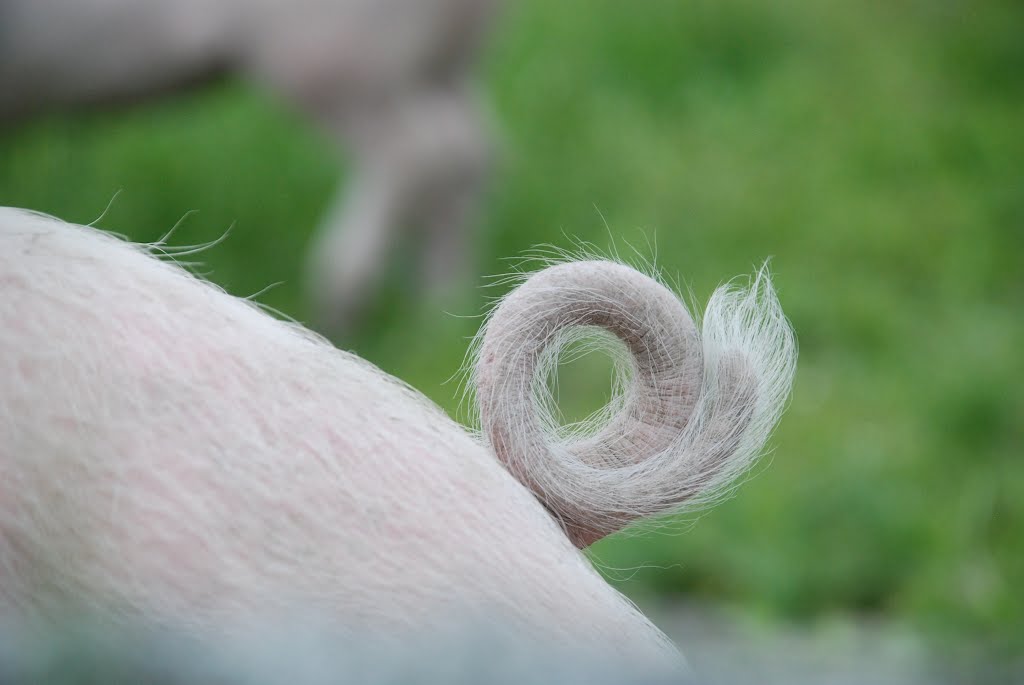
A new online tool has been developed to help farmers address the problem of pigs that continuously bite their tail.
Known as tail-biting, it is seen as a widespread problem in the sector.
Research funded jointly by AHDB and the RSPCA, and carried out by the University of Bristol with the University of Newcastle, identified a set of the most important risk factors associated with tail biting.
The Tail Biting “WebHAT” (Web based Husbandry Advisory Tool) is a website designed to be an interactive resource providing information about the key risks for tail biting in pigs and practical suggestions to help reduce these risks on-farm.
Taking information from evidence based sources and scientific literature, WebHAT identifies a number of risks associated with tail biting (a key pig behaviour), and can be used to generate a report of prioritised, key tail-biting risks found on a farm and obtain suggestions to address the specific risks identified.
Pigs have a natural tendency to mouth and chew objects as a way of exploring their environment.
Research has shown that pigs are attracted to both the sight and taste of blood. If blood is drawn by accidental biting of a pen mate’s tail, it can become infectious to the animal that started the biting and if left unchecked, other pigs can join in.
NADIS, which monitors disease on pig farms on a day to day basis via a network of 14 specialist pig veterinary surgeons, has data to suggest that across the monitored population of close to 400,000 growing pigs, in the last 3 months the prevalence of tail biting is 1.2% and that the prevalence in different systems highlights the widespread nature of the problem.
Tail biting is costly to the pig industry through the loss of pig productivity, primary/ secondary infection, death loss and condemned carcasses.
